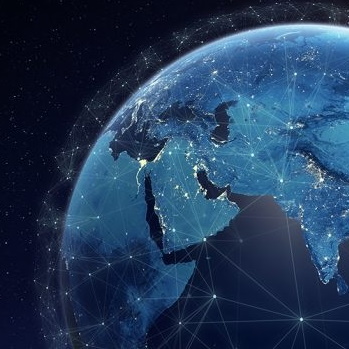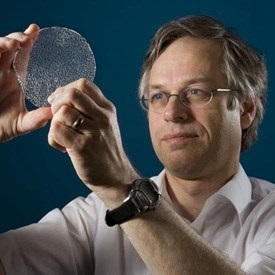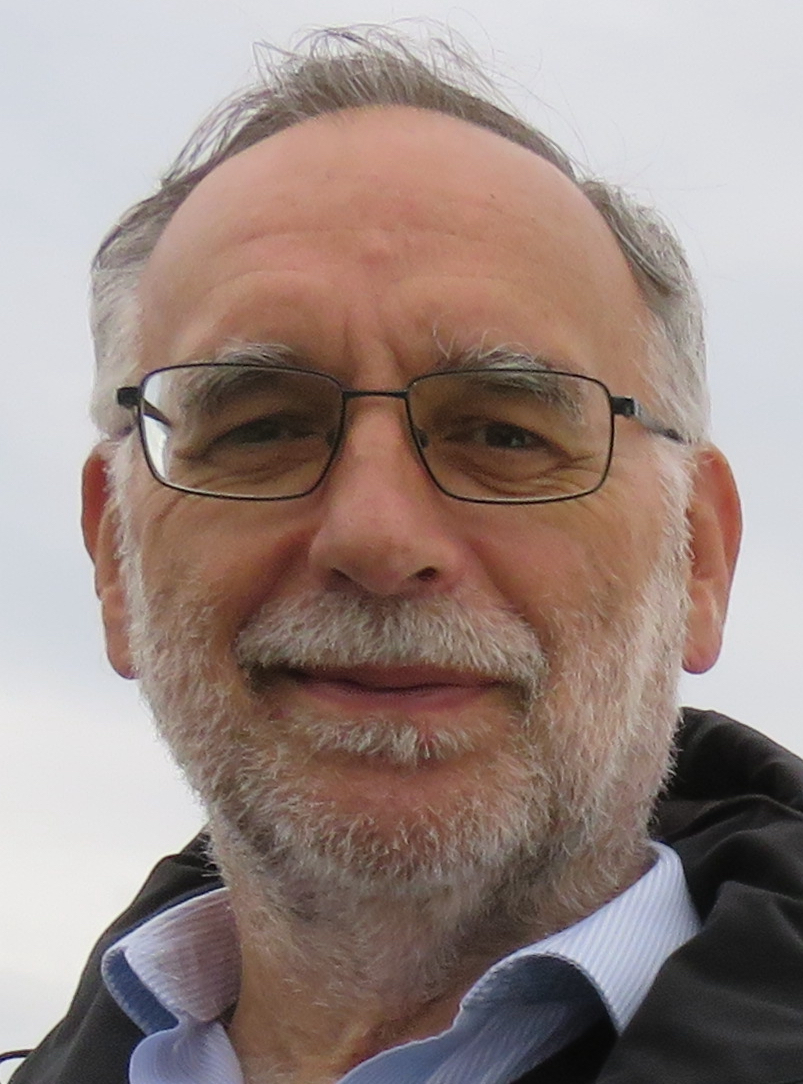Following on from his previous blog post - Bad COP, good COP? - Professor Eric Wolff reflects on the COP26 conference in Glasgow.

Almost two years ago, I wrote a blog in the lead-up to COP26 (then expected in 2020) entitled "Bad COP, good COP?". The massive COP26 conference in Glasgow has ended, and we are left asking: "Was that good or bad for the world’s climate?"
The first thing to say is that time is passing, and the situation is getting more dangerous. In the previous article I noted that between the first Intergovernmental Panel on Climate Change (IPCC) report in 1990 and 2019 the concentration of CO2 in the atmosphere had risen from 354 to 410 ppm: today, make that 415 ppm. We remain a long way from halting the rise. The latest report (the 6th assessment report, released in August this year) repeats all the same messages of the previous ones. In the context of the much-discussed target of restricting global warming to 1.5°C above preindustrial, it reports that we have already reached 1.1°C. And this time the report appeared against a backdrop of exactly the kind of climate extremes – heatwaves, floods and fires – that the IPCC has been telling us will occur more frequently under a warmer climate.
So, should we despair, or as the COP26 website tells us, did the Glasgow meeting keep "one-point-five alive"?
Let me start with some intangible positives. There has been a remarkable transformation in the language and landscape of climate change discussion. None of the participants at COP26 denied the existence of climate change, the danger of it, or the need to reduce and eventually eliminate carbon emissions to halt it. This has created a mood where effort does not have to be wasted arguing about the whether, but only about the how and when.
In addition, the technology to supply energy needs in at least some sectors without emitting carbon is within reach. The Royal Society recently produced a series of briefings for COP26 that discuss the potential solutions in different areas.
However, there is a big "but". Firstly, the pledges countries have made at and before COP26 to reduce emissions, eventually to net-zero, do not come close to saving us from dangerous warming. Most estimates suggest that if all the pledges are fulfilled, we will reach something like 2.5° above the pre-industrial level. Again, I want to balance this: in my previous blog I felt it was relevant to discuss the need to avoid numbers like 3° or 4°. Now previously sceptical world leaders are saying that 2.5° is not good enough. The truth is that there is no magic number beyond which everything is terrible and below which everything is fine: every tenth of a degree avoided will save and improve lives in the long run.
A further concern though is whether the people making net zero pledges actually have policies to reach them. This is where the Royal Society briefings come in, because they explain the research and development that will be needed, and the implementation challenges to be overcome, to realise the energy transformations required. It is easy to pledge that a government in 30 years' time will reach net zero, but hard work is needed to ensure that reductions in emissions start now, and that the infrastructure exists to make net zero possible. In addition, some further climate change is inevitable and preparing for the consequences (for example in temperature, precipitation and sea level) needs to happen in parallel.
So, is 1.5 alive? That question is something of a red herring because it was never a make or break number. Indeed even the most optimistic scenario in the recent IPCC report sees temperatures rise above 1.5° and then get pulled back later in the century by what are called negative emissions. However, it is a useful spur to persuade countries to act as soon as possible, because it will be much cheaper and easier to reduce emissions now than to remove them later.
As a scientist, I continue to say that we (and that includes me personally) need to act better and faster. My own area of research into past climate tells me that in even a slightly warmer world large sea level rises occurred. It makes me very nervous that we cannot rule out that the threshold for a sharp retreat of either the Greenland or Antarctic ice sheets might be at 1.5, 2.0 or 2.5 degrees – let’s not test too many of those possibilities.
But overall, the change in mood makes me see the glass as half full. At least now we are discussing how to achieve net zero; now we need science, policy and society to work together to do it as fast as possible. COP26 was a good beginning; it’s just a shame that it took 26 meetings to get started.






